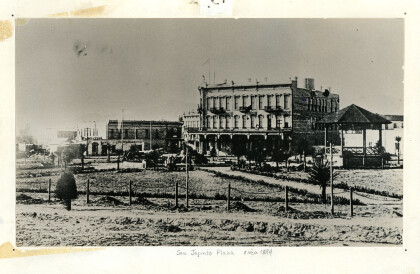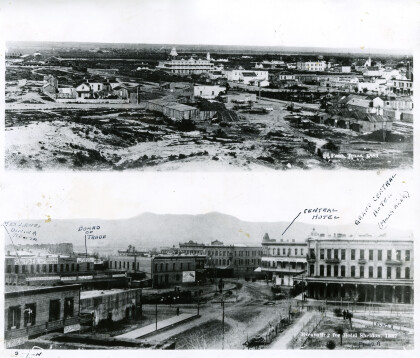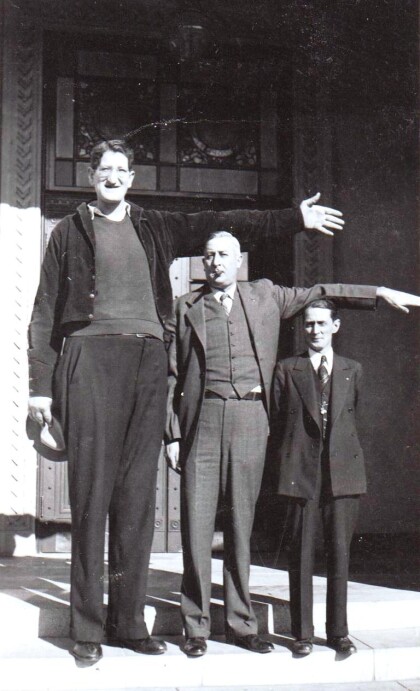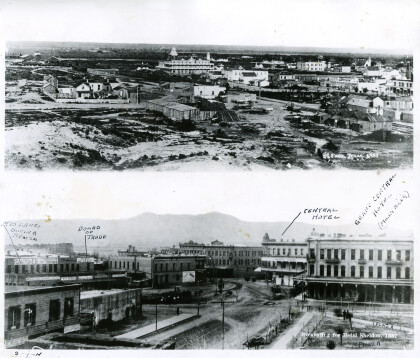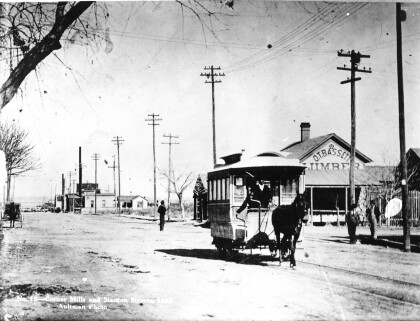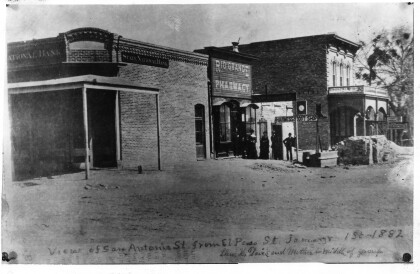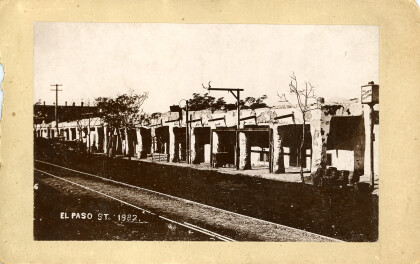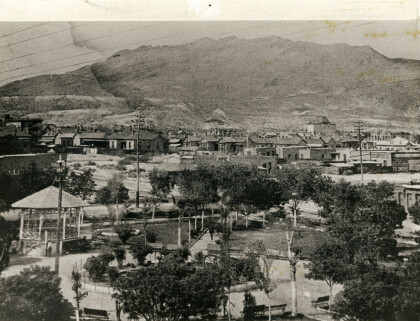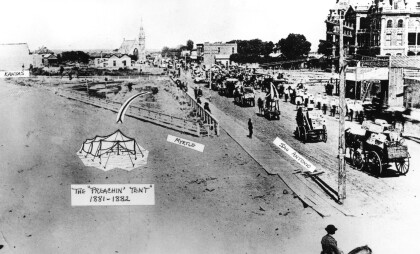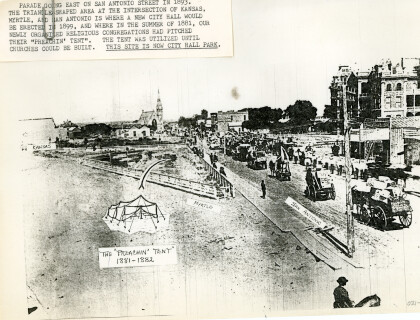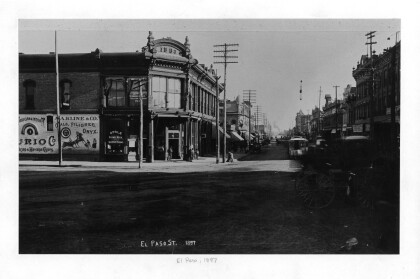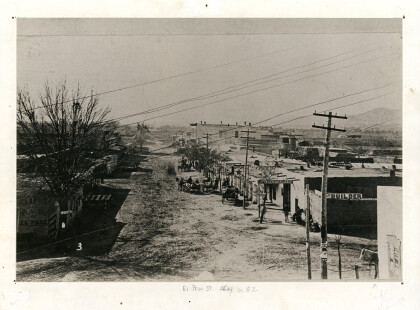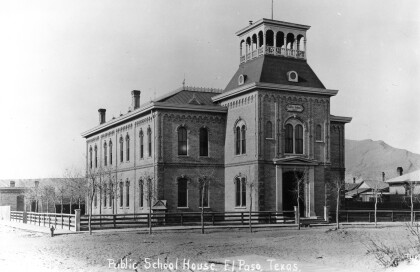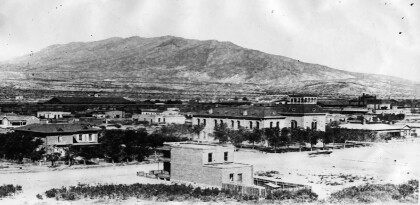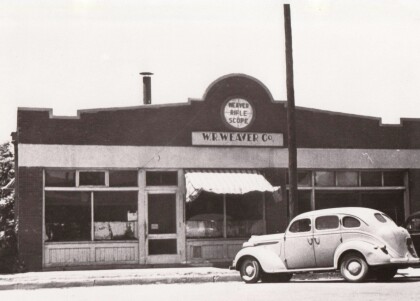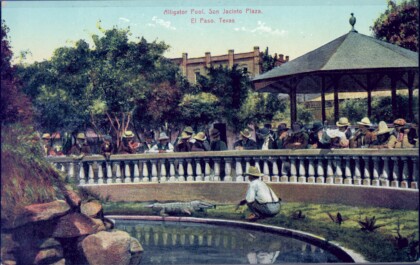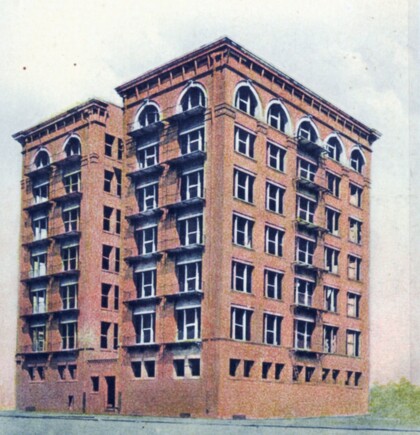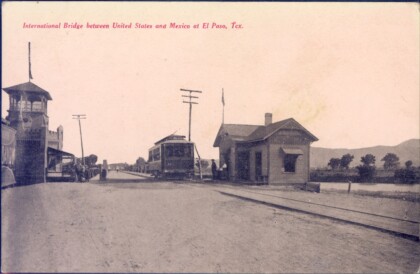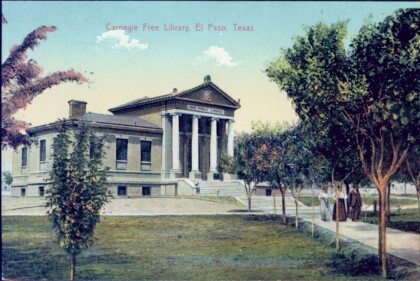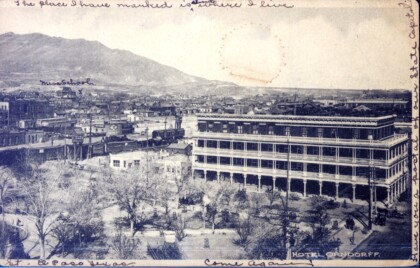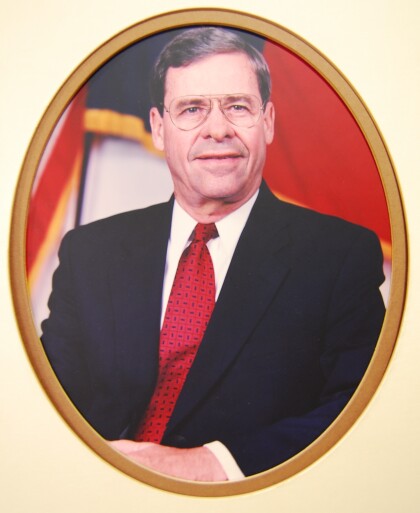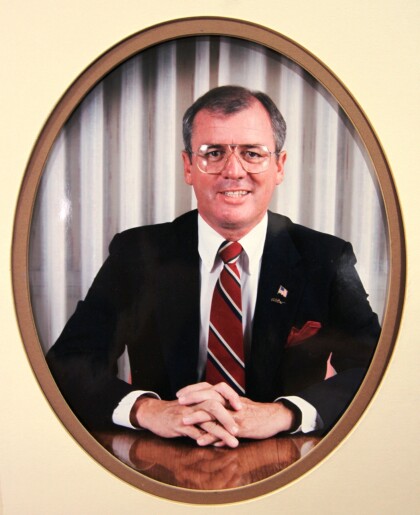El Paso's Homegrown: World War II
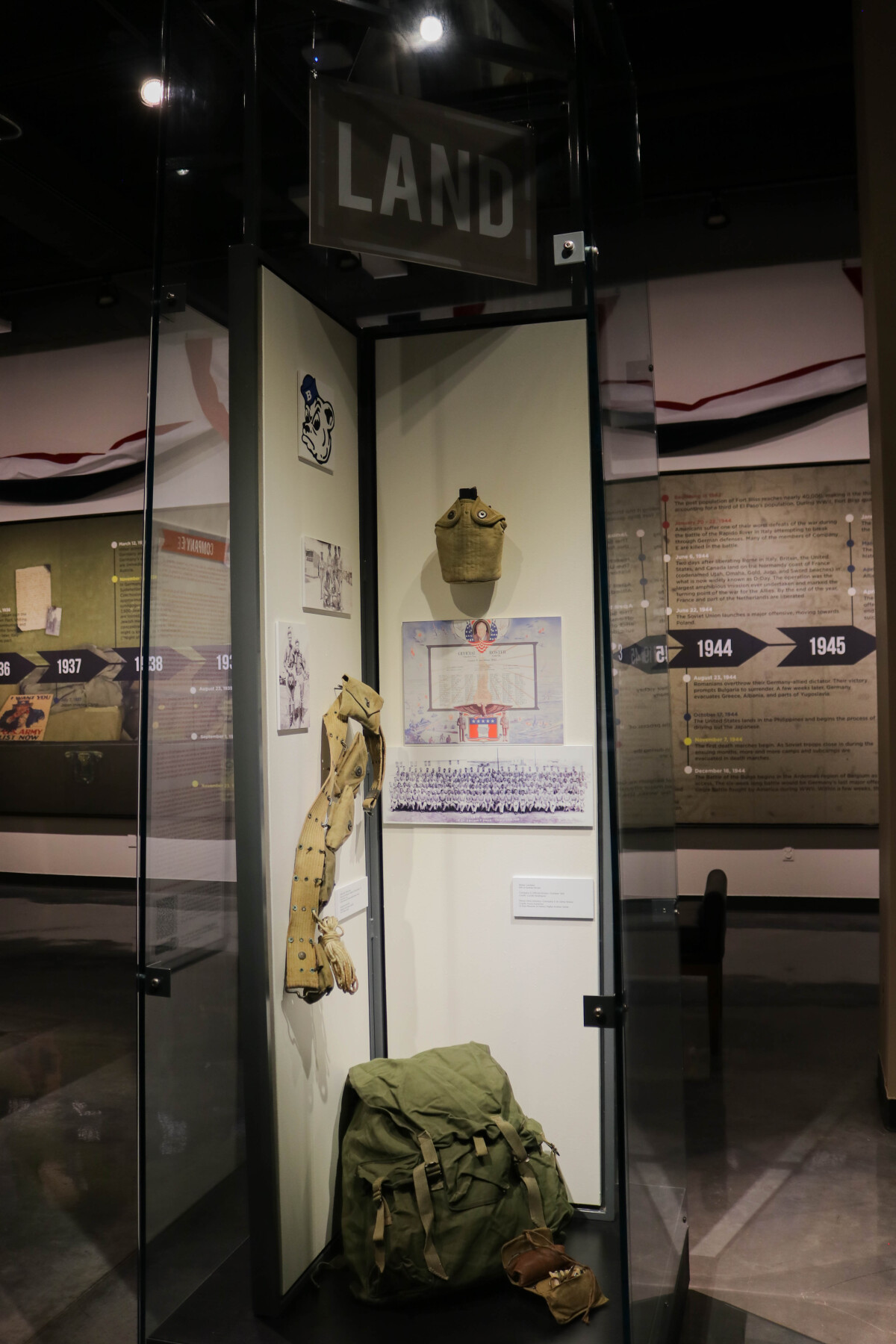
El Paso's Homegrown: World War II
Company E “An original National Guard unit was composed entirely of Mexican-Americans from barrios in Texas. The men who served in the 36th Division, 141st Regiment, 2nd Battalion, Company E were involved in some of most crucial battles of WWII during the Italian Campaign. The 141st Regiment traces their roots back to the Texas Revolution and is the longest serving unit of the Texas National Guard. The 36th Division or T-Patchers as they were known spearheaded the Allied landing at Salerno Italy. The unit saw action at Mount Rotondo, San Pietro and one of the most controversial and deadliest battles of WWII, the crossing of the Rapido River. In a span of forty-eight hours, the 36th Division lost over two thousand men at the Rapido River in January of 1944. It became so controversial that after the war a congressional hearing was held to see if actions should be taken on those who were in command of a unit that lost so many American lives. Sgt. Manuel Rivera from El Paso Texas when describing the carnage of the Rapido River crossing stated, ‘If you didn’t get wounded, if you didn’t get killed, if you weren’t captured then you weren’t at the river.’ Sgt. Rivera was wounded during a pre-crossing recon patrol across the Rapido. Only 27 of the 154 men of Company E that crossed the Rapido River returned. The Company Commander, John L. Chapin of El Paso Texas was killed in action leading his men across the Rapido River. In 2000 a new high school in El Paso Texas was opened and named in his honor. Ramon G. Gutierrez of Del Rio Texas served in Company E as an automatic rifleman for an advanced squad. During the landing at Salerno on September 9, 1943, Gutierrez and his squad were pinned down by enemy tanks and machine gun fire. After witnessing several men wounded and killed, Gutierrez rushed a machine gun nest firing his Browning automatic rifle. Gutierrez was hit in the arm causing him to lose the rifle. He kept advancing on the enemy machine gun nest. He silenced the machine gun nest with a hand grenade killing three enemy soldiers. Gutierrez then leaped into the machine gun emplacement killing the last enemy soldier in hand to hand combat. For his actions at Salerno, Gutierrez was awarded the Silver Star by the U.S. Army. Gutierrez would become one of only a handful of Americans to be decorated for valor on the battlefield by the Soviet Union during WWII. A Russian observer was at Salerno and was so impressed by the actions of Gutierrez that the Soviet Union would later award the Order of Patriotic War Second Degree to Ramon G. Gutierrez. When asked why he made the decision to continue to charge the machine gun nest without a rifle Gutierrez replied, “I thought I was going to die that day, so I didn’t care about what happened to me.” He would later see action at Mt.Rotondo, San Pietro, Rapido River, Cassino, and Velletri. Captured on two different occasions he would escape and make it back across Allied lines on each occasion. PFC Gabriel Salazar of El Paso Texas described why he joined the Texas National Guard, “I know only that I wanted to belong to a group of young men whose lives were similar to mine. I knew I could never find such unpredictable experiences at home.” While describing the scene at Alta Villa near Salerno, PFC Salazar stated, “I remember marching up the winding road towards Alta Villa. We could smell the burning flesh of dead Germans who were trapped in their Tiger Tanks. It was the sweet smell of death, rather like chocolate, sweet enough to turn your stomach. I hated the smell of chocolate for a long time after this experience.” Outside of El Paso, Texas very little is known about the men who served in one of the most unique and historical U.S. Army units of WWII.” -Dave Gutierrez, essay on Company E, Patriots from The Barrio Company E was among the very first American troops to set foot in Europe during World War II and was the only completely Mexican American unit in the entire U.S. Army during World War II. Many of its members were from El Paso’s own Bowie High School and Segundo Barrio neighborhood. To learn more about the Company E, 141st Infantry, please visit, https://www.ausa.org/articles/barrios-battlefields-mexican-american-soldiers or https://www.warhistoryonline.com/instant-articles/u-s-armys-mexican-american-infantry-unit-little-known-heroes-italian-campaign-wwii.html
Report this entry
More from the same community-collection
View of San Jacinto Plaza - El Paso, Texas
The bandstand at one time was closer to the Main Street side of ...
Jake Erlich - Tallest Man In The World
Many of us know of Erlich as the “world’s tallest man,” as ...
Downtown Store on El Paso Street - 1897
Unknown store on El Paso Street in Downtown El Paso. Date ...
First Weaver Scope Factory - El Paso, Texas
The W. R. Weaver Company made rifle scopes in El Paso from. ...
Alligator Pool on San Jacinto Plaza
This postcard shows the alligator pool on San Jacinto Plaza, ...
Phelps-Dodge Building - El Paso, Texas
The Phelps-Dodge building in El Paso housed the business office ...
International Bridge between United States and Mexico
This postcard shows the International Bridge which connects ...
Hotel Orndorff and San Jacinto Plaza
This postcard shows the Hotel Orndorff, which was located at San ...
William S. Tilney, El Paso, TX, Mayor 1991-'93
William S. Tilney was the mayor of El Paso from 1991-1993.

